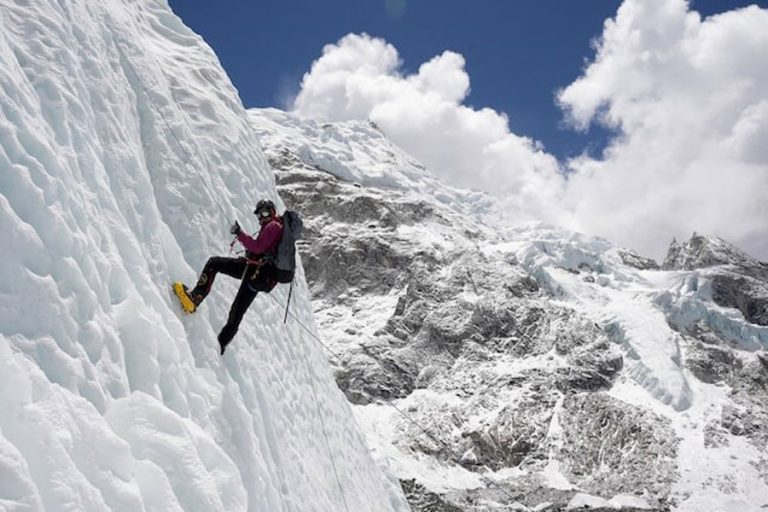Nepal is planning a major change to its Everest climbing rules. Starting soon, only climbers with experience scaling a 7,000-metre (22,965 feet) peak in Nepal will be able to apply for an Everest permit. This change aims to improve safety and reduce overcrowding on the world’s highest peak.
The draft law is currently in the National Assembly, where it is expected to be passed soon. The move comes after years of criticism about allowing inexperienced climbers to attempt Everest. The ruling alliance in parliament holds the majority needed to pass the law.
Why Nepal Is Changing the Everest Permit Rules
Nepal’s economy depends heavily on trekking, climbing, and tourism. In recent years, experts have raised concerns about overcrowding and safety on Mount Everest. Long queues of climbers have been seen in the “death zone,” a dangerous area close to the summit where there is not enough oxygen to survive.
In 2023, Nepal issued 478 permits for Everest climbs. During that season, at least 12 climbers died, and five went missing. In 2022, eight climbers died. Many experts blame overcrowding and inexperience for these deaths.
Officials hope the new rules will prevent inexperienced climbers from attempting the dangerous ascent.
What the New Law Requires
The new law requires that climbers provide proof they have already scaled a 7,000-metre peak in Nepal before applying for an Everest permit. This rule ensures that climbers have the necessary experience to safely attempt Everest.
The law also mandates that the “sardar” (head of the local climbing team) and the mountain guide must be Nepali citizens. This helps promote local employment and ensures that guides are familiar with Nepal’s unique mountain conditions.
International Expedition Companies Respond
Some international expedition operators disagree with the new rules. They believe the law should accept climbs on any 7,000-metre peak worldwide, not just those in Nepal. They also suggest that peaks close to 7,000 metres, like Ama Dablam (6,812 metres), Aconcagua, and Denali, should count toward the requirement.
Lukas Furtenbach, head of Furtenbach Adventures, based in Austria, said, “It wouldn’t make sense otherwise.” He also emphasized that guides should have qualifications like IFMGA (International Federation of Mountain Guides Associations), no matter their nationality.
Garrett Madison, leader of Madison Mountaineering in the U.S., agreed. He said that allowing a 6,500-metre peak from anywhere in the world would make more sense than requiring a 7,000-metre climb in Nepal.
Challenges in Finding Suitable Peaks
Nepal has more than 400 peaks open for expeditions, with 74 of them higher than 7,000 metres, according to the Department of Tourism. However, many of these peaks are not popular among climbers.
Tashi Lhakpa Sherpa, leader of 14 Peaks Expedition and an experienced Everest climber, said that only a few of the 7,000-metre peaks are well-known. “Most climbers don’t want to attempt less famous peaks,” said Tashi. “They usually practice on smaller, more famous mountains before trying Everest.”
Focus on Safety and Nepal’s Reputation
Despite the criticism, Nepal’s tourism officials argue that the new rules focus on improving safety and preserving the country’s reputation as a top destination for climbers.
Each year, the Everest season brings millions of dollars to Nepal’s economy. However, with increasing concerns over deaths and accidents, the government wants to ensure only experienced climbers attempt the ascent.
By implementing these rules, Nepal hopes to protect climbers and preserve Everest’s status as one of the world’s premier climbing destinations.


